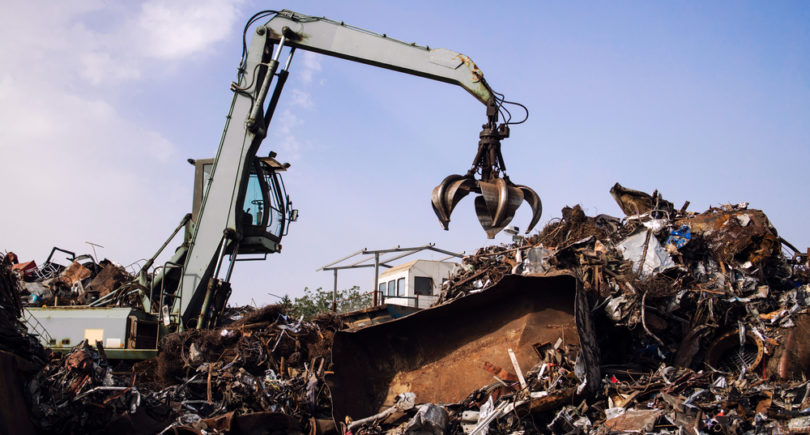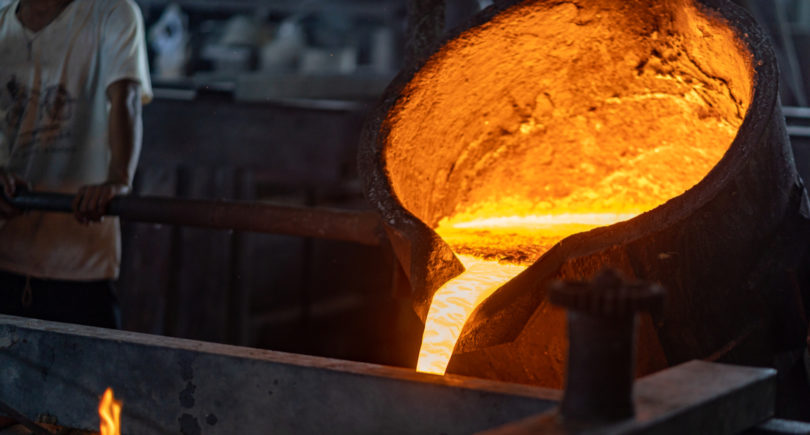
News Global Market decarbonization 3280 27 March 2024
These factors will promote green investments and increase consumption of environmentally friendly steel
The decarbonization of the steel industry is key to achieving global targets for zero CO2 emissions. Legal regulation combined with price incentives are the main factors that will drive investment in the industry and increase consumption of clean steel, says Reuters columnist Clyde Russell.
The steel industry accounts for about 8% of global carbon emissions and about 30% of industrial emissions. A decisive factor in the transition to green steel production is how much the costs will increase compared to current production methods, and whether it is possible to increase output quickly enough.
A premium for low-carbon products will show whether the market will agree to consume green steel, which will cost more than traditional steel. For example, according to participants in an industry conference held in Australia, the premium could range from $0-150 per tonne.
Monash University has estimated that green steel that can be produced in Western Australia will cost about $570/t, as the region has prospects for wind, solar, and hydrogen projects.
At the same time, even a small premium can make these products unviable for most of the market, where minimal costs are the main factor in consumption. For example, in China, the only sector that is potentially willing to pay even the highest premium for low-carbon steel is the automotive industry, as it will only slightly affect the retail price of an individual vehicle.
However, according to S&P Global, the Chinese automotive sector used 54 million tons of steel this year, which is only 6% of the country’s total demand. The largest consumers of steel products in the country are the real estate and infrastructure sectors, which in 2024 already consumed 518 million tons of steel, or 57% of the total. This level of consumption will add significant amounts to the cost of green steel products if a premium is applied.
As for Australia, if it decides to process its iron ore into DRI, it would need to be further enriched to hot briquetted iron for more profitable and easier transportation. The country could supply these products to Asian steel mills (China, Japan, etc.). But to produce the final low-carbon steel products, these countries must have access to green hydrogen or clean electricity. All of this requires significant investment, but China and other Asian countries are still building blast furnaces and oxygen furnaces.
Therefore, the only way to stimulate the global transition to green steel, the analyst notes, is probably through appropriate regulation, such as cross-border carbon taxes. However, reaching a global agreement on such a system will be a challenge, as Asian developing countries are likely to resist this step.
Decarbonization of the steel industry, according to Fastmarkets, will continue to be a leading topic in 2024. Sufficient supplies of clean hydrogen and renewable energy at competitive prices will be crucial.



